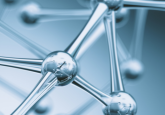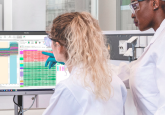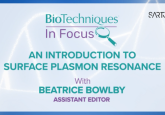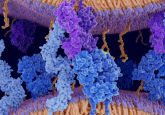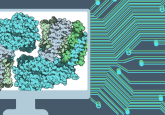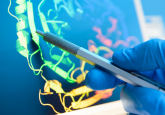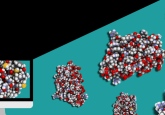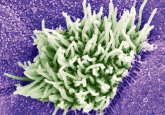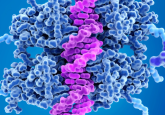Measuring biomolecular interactions
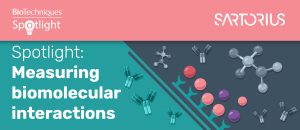
Biomolecular interactions are at the core of drug discovery and development. In order to accurately determine a biomolecular interaction’s affinity, binding kinetics and thermodynamic profile, among other characteristics, it is essential that scientists select the correct technique for their research purposes. Being able to accurately measure these interactions allows researchers to assess, explore and develop potential drugs.
Among the many used to measure biomolecular interactions, there are two core techniques: surface plasmon resonance (SPR) and bio-layer interferometry (BLI). Both of these are optical, label-free techniques that measure binding kinetics. SPR is more established and utilizes a sensor chip, while BLI has been developed more recently and relies on sensor tips. Both SPR and BLI will be discussed throughout this Spotlight; however, check out our In Focus on SPR for even more information and resources.
This Spotlight will explore:
- Techniques and technologies used to measure biomolecular interactions
- The role that protein–protein interactions play in drug discovery
- Computational tools for predicting biomolecular interactions
- Sartorius’ SPR and BLI platforms



